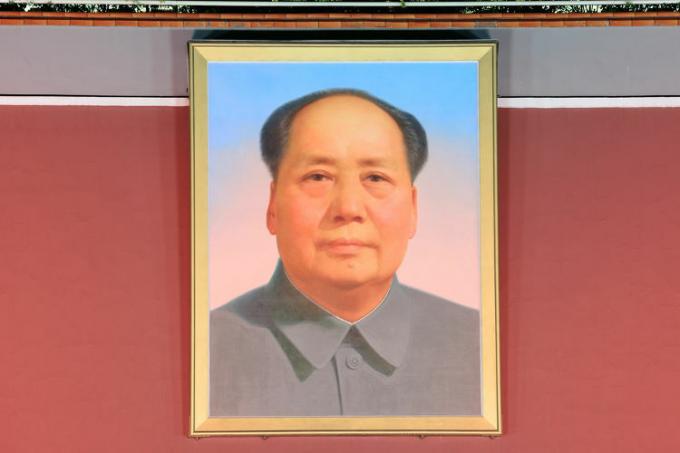Throughout human existence, there were many times when the violence of wars came to decimate entire populations. However, the 20th century has demonstrated to history that the human capacity for annihilation can be extremely (regardless as it seems) versatile and accelerated. The two world wars, which took place between the years 1914 and 1918 and 1939 and 1945, respectively, demonstrated this. In August 1945, the use of bombsatomic by the united states against the japanese cities of Hiroshima and Nagasaki it consisted of living proof that man could (under real scientific and technological conditions) exterminate himself.
It is known that the yearning for the mastery of nuclear weapons was present in the minds of several leaders who were involved in the SecondWarWorld, between them, hitler, which had a large part of the best scientists of the time. The initial project of the atomic bomb was born in Nazi Germany, but it was in the USA that it had the real financial and technical resources to carry it out. Those involved in the project that gave rise to the bomb were Szilard and RobertOppenheimer. The project name became known as ProjectManhattan and was led by the general LeslieGroves.
With the German defeat in 1945, the threat of a nuclear bomb of Nazi origin was already out of the question. However, war continued in the Pacific against the Japanese Empire. Furthermore, the Americans had as a strategic intuition the fact that the USSR, which had entered Germany through the eastern flank and occupied much of its territory, could appropriate in the future of nuclear technology there developed.
These and other factors contributed to the decision to end the war by launching two warheads against Japan, one of Uranium and another of Plutonium, operated by fission and nuclear fusion, respectively. One of the most discussed factors, given the ethical character that it implies, is the fact that the bombs were used as a demonstration of military force and geopolitical imposition by the USA. The fact is that, in addition, the nuclear catastrophe constituted one of the worst scars in human history. The days on which the attacks took place were August 6 and 9, 1945, as researcher Ronaldo Mourão recounts:
“On August 6, 1945, at 2:30 am local time, and with favorable weather conditions over Hiroshima, the christened B29 bomber of Enola Gay (in honor of the mother of the pilot who commanded the mission) took off from the US military airport Tinian, in the Islands Marianas, under the command of Paul Tibbets, the crew being Robert Lewis, Thomas Ferebee, William Parsons, Morris Jeppson and others."[1]
The launching of the first bomb, in Hiroshima, was devastating, as we can see in Ronaldo Mourão's description:
“Commander Tibbets was the only one who knew the effects of the bomb he was carrying, measuring 4.5 meters in length and 76 cm in diameter. At 8:9 am, Hiroshima appears among the clouds. At 8:16:45 the bomb is dropped. The explosion of 60 kg of U235, equivalent to 12,500 tons of TNT, occurred 40 seconds later, 580 meters above the city, killing 140,000 civilians. The number of survivors was over 300,000, who had both short-term and long-term effects from illnesses resulting from exposure to radiation.” [2]
The second bomb contained a warhead of the element Plutonium and was dropped on Nagasaki on August 9, killing about 40,000 people.
GRADES
[1] MOURAO, Ronaldo Rogério de Freitas. Hiroshima and Nagazaki: reasons to try the new weapon. Sci. stud., São Paulo, v. 3, n. 4, p. 697-698.
[2] idandm. P. 697-698.
Take the opportunity to check out our video lesson related to the subject:

